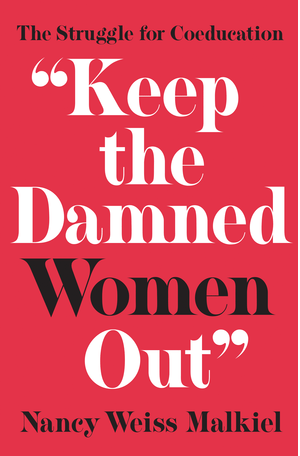 loading
loading
Arts & CultureReviews: January/February 2017A history of coeducation; a white-working-class memoir; a survivor’s story in fiction.  View full image“Keep the Damned Women Out” Melinda Beck ’77, a longtime columnist and editor at the Wall Street Journal, is a writer in New York City. “Keep the Damned Women Out”—as one alumnus implored the Dartmouth trustees—is a meticulously researched, deftly written look at how coeducation happened at Yale, Princeton, Harvard, and elsewhere in the 1960s. Caught between the fervor for change and their fealty to tradition, the men’s schools dragged their feet and tried to have it both ways—even inviting top women’s colleges to relocate nearby while the Ivies remained all-male. Ultimately, writes Nancy Weiss Malkiel, a professor emeritus of history and longtime undergraduate dean at Princeton, coeducation occurred not because feminists demanded it, but because male administrators feared they would lose the best male applicants if they didn’t let women in. The objections to coeducation seem loutish and lame today. Princeton’s director of development raised the specter of venereal disease and warned that women’s propensity to marry and take their husband’s names could cause a “huge problem” for record keeping. Yale’s graduate schools had educated women for nearly a century, but a proposal to admit female undergraduates was met with derision in 1956. In the mid-1960s, Kingman Brewster Jr. ’41 was convinced Yale needed women to stay competitive with Harvard. When Vassar balked at moving to New Haven, Yale briefly considered building its own separate women’s college, then rushed headlong to admit women itself for the fall of 1969. Not to be beaten, Princeton hastily invited women to apply the same year—even though its trustees hadn’t yet decided whether to admit them. Malkiel devotes much of the book to the dynamics of institutional decision making at the different schools, including Oxford and Cambridge, where the faculty, not the trustees, held sway. The Seven Sisters faced an existential dilemma. Wellesley, Smith, and others stayed all-women but lost many of their top applicants. Radcliffe effectively ceased to exist, though details of the “merger” with Harvard weren’t settled until 1999. Many other all-male schools quickly followed Yale and Princeton’s lead in the early 1970s. The struggles for women didn’t end, but higher education changed forever.
|
|